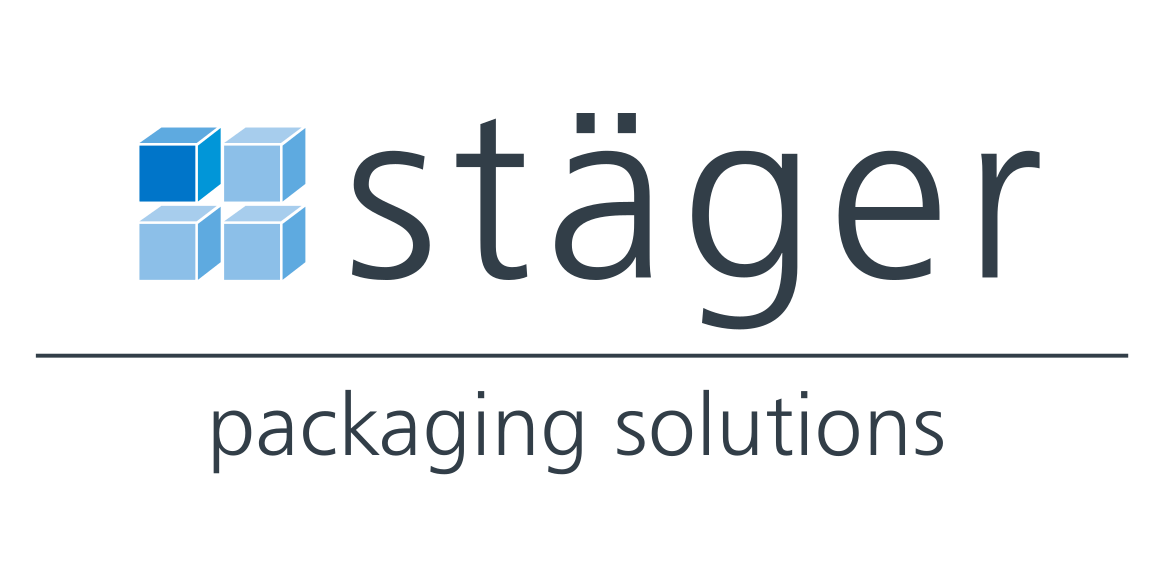Ian Jamie, Staeger Clear’s Managing Director, was recently invited to Westminster to share his views on the next steps for food packaging and waste in the UK.
He was joined by Martin Kersh, Executive Director of the Foodservice Packaging Association, Toby Park, Head of Energy and Sustainability, at The Behavioural Insights Team, Elena Polisano, Oceans Campaigner at Greenpeace UK, and Helen Munday, Chief Scientific Officer, at at the Food and Drink Federation.
A transcript of Ian’s speech is below. If you have any questions or comments on any of the points covered by Ian, please get in touch.
Good morning ladies and gentlemen. I’m Ian Jamie, Managing Director of Staeger Clear Packaging Limited. Staeger Packaging make transparent packaging out of recycled PET, 60% post-consumer waste, cartons, tubes, and bags. We are a relatively small, niche business and I suppose we are a single use package manufacturer. What I’m hoping to show in this quick talk is the developments we have made and are making to stay in tune with the circular economy.
I set up the business in 1999 and at that time the main feed stock was PVC which actually was a very good substrate to work with. Interestingly, the young and little industry started in the 1980s using acetate, a biopolymer made from wood pulp. We were adopted a few years later by Marks & Spencer’s as their only approved supplier. I think it was the case of the last man standing.
Along with Marks & Spencer’s came Plan A and we were encouraged to move from PVC to APET, and then to rPET, 60% post-consumer waste, in line with their specification. This involved knowhow and machinery change and I like to think we spearheaded this for them for our industry, we’re quite a small industry, mind.
Most of our rPET come from Germany at this moment in time, but more on that later.
Life was then reasonably stable for us up until David Attenborough’s programme. This changed everything and it started a lot of soul-searching. We were really horrified by what we saw.
Anyway, I decided what I had to do was to visit the MRFs and the PRFs to see what was happening to our products at their end of life, and with that knowledge to try and improve their harvestability within the UK. I contacted Biffa, Viridor, Suez, and Veolia, and I was lucky to be invited to visit Biffa’s MRF in Aldridge with my cartons, although they didn’t know that at the time, and Viridor’s PRF also with my cartons.
Biffa in Aldridge take comingle plastic from the local area and sort using near infrared technology into a PET bale, and a mixed plastic bale. My selection of plain, lightly printed, and heavily printed cartons all without exception found their way into the PET bale. So far so good.
Onto Viridor in Rochester. Viridor are a PRF and they take mixed PET from the likes of Biffa and sort into a natural bale, mainly water bottles, and jazz bales, printed PET. Once again, I poured my cartons onto the conveyor and interestingly the plain, to be expected, and the lightly coloured PET ended up in the natural bale, and the heavily printed ended up in the jazz bale.
What is significant about this is that the natural bale is far more likely to end up being recycled within Britain to be made into food grade new PET. The jazz will probably be exported. Conclusion, reduce the amount of solid print now which is what I am now discussing with my customers.
Additionally, from September 1st we will start to use British PET made from British waste. Historically, the quality of British PET for box grade was not very high, it was mainly used for vac-forming. Anyway, I’ve been working with an extruder for the last two years in Newcastle and the quality is now fine, we are quite excited about this.
In terms of biopolymers, I’ve commissioned a report by the NNFCC in York, which is the National Non-Food Crop Centre, and this commission is partly funded by the EU and it’s to look into the range of biopolymers on offer and try and find one that might be suitable for us. An obvious candidate is obviously acetate and we are experimenting with that at the moment for Waitrose, we’re trying to do an Easter Egg box next year in it. It’s very expensive, by the way, but that’s how it is.
Lastly, just looking at packaging news recently which is our kind of bible in the packaging industry, there are three companies that caught my eye. A company called Ionica that can take printed PET and move it through its technology into its virgin state. Once again, that will help the processing in the UK.
There’s another company called MacRebur in Scotland that uses printed PET for tarmac. And lastly, there’s an additive called Breakdown Plastic which basically allows microbes to chew up the plastic and to produce a natural humus. I’ve reported this to the recyclers and they’re very sceptical about it, they really are.
If you are interested, I’ve written a report in packaging news about my views on the circular economy, if it’s of interest that is.
Anyway, thank you very much for listening, I hope that’s given you an idea of what we’ve been up to.
Thank you.
Get in touch with us for sustainable packaging solutions
At Staeger Clear Packaging, we design and produce custom plastic packaging solutions for retailers. We use British recycled plastic to produce eco-friendly and recyclable packaging solutions. Complete our enquiry form or call us at 024 76 581197.
